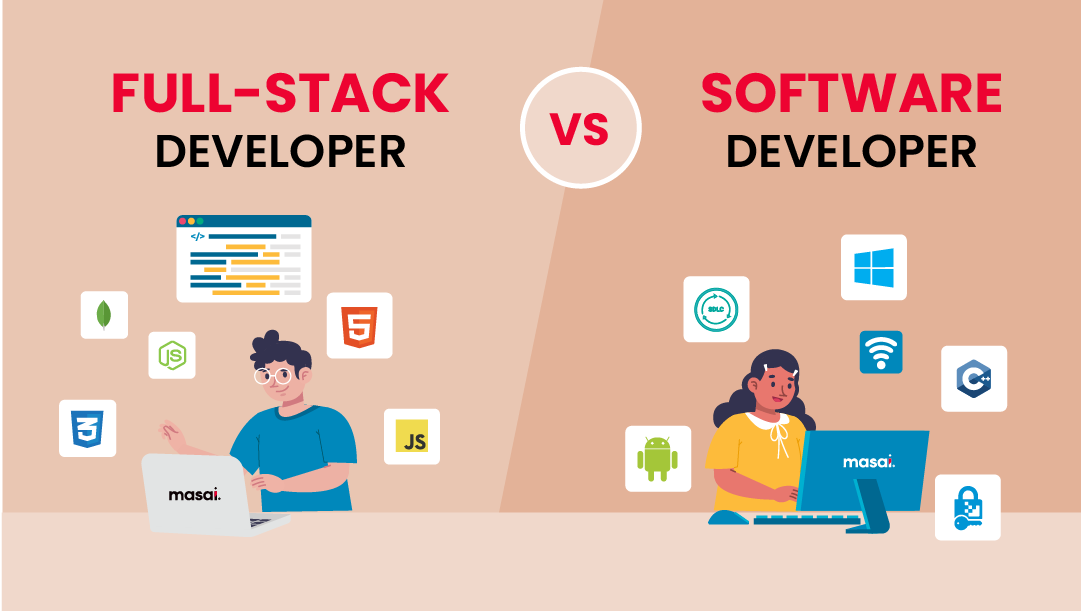Dedicated Developers vs. In-House Teams: Which Is Right for You?
The choice between utilizing specialized designers and keeping an in-house team is a substantial one that can impact the trajectory of your projects and overall company technique. On the other hand, in-house teams add to a cohesive company society and a nuanced understanding of lasting goals.
Recognizing Committed Designers
The growing need for specialized abilities in the tech sector has actually led to the appearance of specialized developers as a sensible solution for many organizations. These professionals are typically contracted on a task basis, permitting business to utilize specific knowledge without the long-lasting dedication related to permanent hires. Committed programmers are commonly ingrained within a customer's team, offering adaptability and scalability to fulfill task needs.
This version permits organizations to access an international talent pool, which is especially advantageous in a swiftly evolving technological landscape. Dedicated designers can be sourced from different geographical areas, ensuring that business can locate the best ability at competitive rates. They typically bring a wealth of experience and understanding, having functioned on diverse jobs throughout different markets.
Moreover, dedicated designers can focus solely on the jobs available, boosting efficiency and efficiency. They are outfitted to incorporate perfectly right into existing process, working together closely with in-house teams to accomplish project objectives. This technique not only decreases the burden of employment and training however also permits companies to continue to be nimble, adapting rapidly to changing market needs and technological developments.
Advantages of In-House Teams

In addition, internal teams often tend to have a deeper understanding of the business's mission, values, and goals. This placement can enhance staff member involvement and motivation, as employee feel more connected to their work and the company's success. Furthermore, having a dedicated internal team enables for much better placement of purposes and strategies, as these participants are continually concentrated on the company's top priorities.
Internal teams also promote quicker decision-making processes, as they can react more quickly to difficulties and changes. The recognized partnerships and experience with business procedures enable streamlined workflows and reduced miscommunication. Ultimately, the combination of a cohesive culture, alignment with business goals, and reliable interaction makes in-house groups a beneficial asset for many organizations, specifically those seeking to grow long-term development and development.
Price Considerations
When assessing price considerations, both in-house groups and specialized programmers existing distinctive financial ramifications for organizations. Engaging specialized programmers generally includes a pay-per-project or per hour price design, which can be affordable for businesses with varying job needs. This approach enables flexibility in scaling resources up or down, making sure that firms just pay for the services they need.
In contrast, in-house teams entail taken care of expenses, including salaries, benefits, and overhead expenditures such as office and equipment. While this version provides greater control and prompt availability of sources, it may lead to higher long-lasting expenses, particularly if the workload does not justify a permanent personnel.
Furthermore, firms must think about the covert expenses connected with recruitment and training of in-house staff members, which can even more strain spending plans. In some instances, the time and resources invested in taking care of an in-house team can diminish the company's core company purposes.

Task Administration and Adaptability
Job monitoring and adaptability are crucial aspects that affect the option in between internal teams and committed designers. Dedicated designers generally supply a high level of flexibility, allowing organizations to range resources up or down based upon task demands. This agility can be specifically advantageous for organizations experiencing rising and fall workloads or those seeking to introduce swiftly. Devoted groups typically why not find out more have established procedures for managing jobs efficiently, leveraging specific methods like Agile or Scrum, which promote repetitive development and adaptability.

Ultimately, the choice between devoted designers and internal teams hinges on the desired level of flexibility and the certain project management requirements. Business have to review their operational dynamics, job intricacy, and source availability to identify which choice lines up finest with their tactical goals.
Making the Right Option
Choosing the right development approach-- devoted programmers or in-house groups-- calls for a cautious analysis of different factors that align with a company's critical goals. Conversely, in-house groups can provide much better continuity and assimilation with existing personnel.
Next, assess your budget. Devoted programmers frequently present a cost-efficient option for short-term jobs, while in-house groups might incur greater long-lasting expenses as a result of salaries, advantages, and overhead expenses. Evaluate the level of control and partnership wanted; internal teams normally cultivate more powerful interaction and placement with business society.
If prompt outcomes are necessary, committed designers can be onboarded quickly, whereas constructing react native mobile app an internal team takes time for recruitment and training. If continual growth is essential, investing in an internal team might generate far better returns over time.
Conclusion
In verdict, the decision in between internal groups and specialized programmers hinges on task requirements and organizational purposes. Devoted programmers offer versatility and customized knowledge, making them suitable for short-term initiatives. Alternatively, in-house teams grow a natural society and deeper positioning with long-lasting objectives. Careful examination of budget plan restraints, job timelines, and preferred control levels is essential for determining one of the most suitable approach, ensuring alignment with strategic priorities and functional effectiveness.
The choice between utilizing specialized developers and preserving an in-house group is a significant one that can affect the trajectory of your tasks and overall service method.Project management and adaptability are vital variables that influence the selection in between internal teams and specialized programmers. hire dedicated developers.In comparison, internal groups might stand out in preserving a consistent project administration structure due to their familiarity with the company's society and long-lasting objectives. Committed developers commonly provide an economical solution for temporary jobs, while in-house groups might incur higher long-lasting expenses due to incomes, advantages, and overhead costs.In conclusion, the choice in between dedicated developers and internal teams hinges on task requirements and organizational purposes